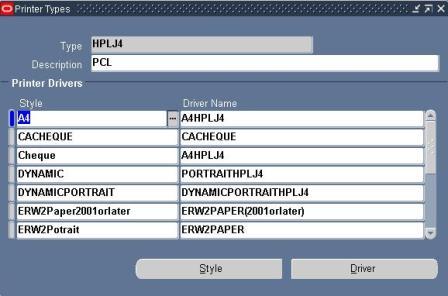
With collections and the table() function, a function can return a table that can be queried in an SQL statement. This is demonstrated in the following example. Secondly, the COUNT () function returns the number of the same last names for each last name.

Finally, the HAVING clause returns only groups that have more than one value of the last name. In this tutorial, you have learned how to use the Oracle COUNT () function to return the number of items in a group. COUNT returns the number of rows returned by the query. If you specify DISTINCT, then you can specify only the query_partition_clause of the analytic_clause.
The order_by_clause and windowing_clause are not allowed. As you may know, count returns the number of rows in a table. Does this depend on the count size? Create an Oracle function that returns a. An object type can represent any real-world entity. Summary: in this tutorial, you will learn how to use the Oracle REGEXP_ COUNT () function to get the number of times a pattern occurs in a string.

Introduction to Oracle REGEXP_ COUNT () function. The REGEXP_ COUNT () function complements the functionality of the REGEXP_INSTR() function by returning the number of times a pattern occurs in a string. This function, introduced in Oracle 11g, will allow you to count the number of times a substring occurs in a string using regular expression pattern matching.
It wont give you the total count. I hope to call the function once in the package, but be able to re-use its data mulitple times. Use Stack Overflow for Teams at work to find in a private and secure environment. Get your first users free.
MAX, MIN return the type of the state-field to which they are applied. Or if video is more your thing, check out. Learn more about the COUNT function in this article. Purpose of the Oracle COUNT Function. The purpose of the COUNT function is to count the number of rows returned in a SELECT statement.
The syntax of the Oracle COUNT. What is the difference between count(1) and count. SYS_ REFCURSOR and FETCH with multi-table cursor ;. We have a situation where we are using Java to access data in an Oracle. Return types of Result Set variables.
In the subsequent pages, we have discussed how to apply COUNT () with various SQL clauses. For those applications, we have used Oracle 10g Express Edition. Naturally, they return null if the collection is empty. For VARRAYS FIRST always returns for nested tables FIRST returns the value of the first filled spot for that entry. LAST returns the last filled instance of a VARRAY and a nested table.
For a VARRAY COUNT will always equal LAST. The data type of string_expression argument can be any of the following data types CHAR, VARCHAR NCHAR, NVARCHAR CLOB, or NCLOB. The Oracle LENGTH() function accepts one argument: string_expression. A variety of methods exist for collections, but not all are relevant for every collection type. These return a list of places and their count , and a total count for all places.
Is there a way to do this in one statement? Combine them with UNION ALL. Note that your first query returns two columns, place and count , whereas your second returns only one, the count.
Therefore we need to use a placeholder value in the second query. The GROUP BY clause is used in a SELECT statement to group rows into a set of summary rows by values of columns or expressions.
Keine Kommentare:
Kommentar veröffentlichen
Hinweis: Nur ein Mitglied dieses Blogs kann Kommentare posten.